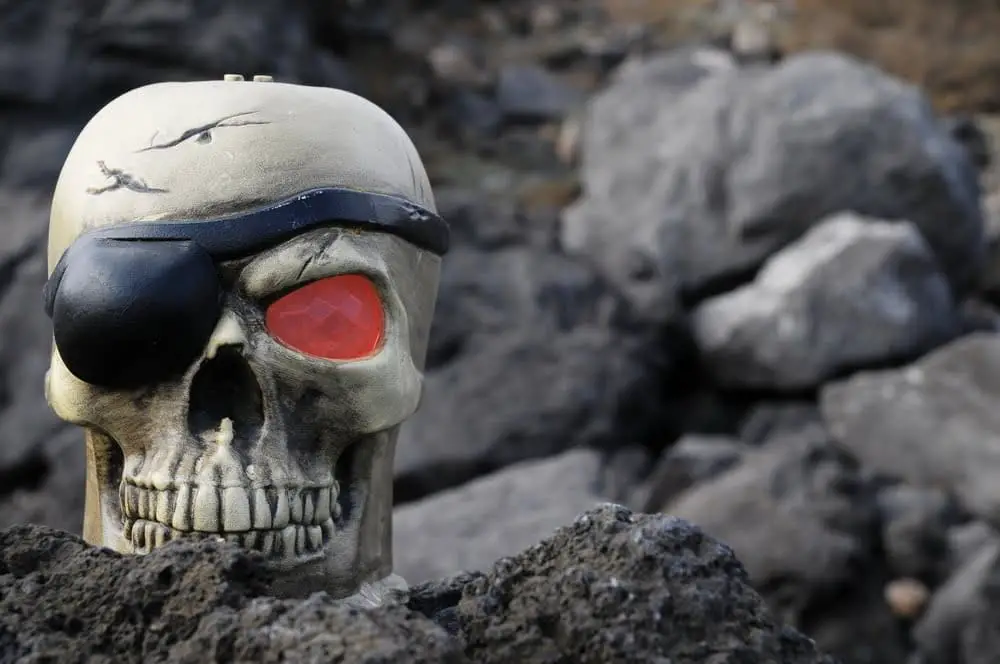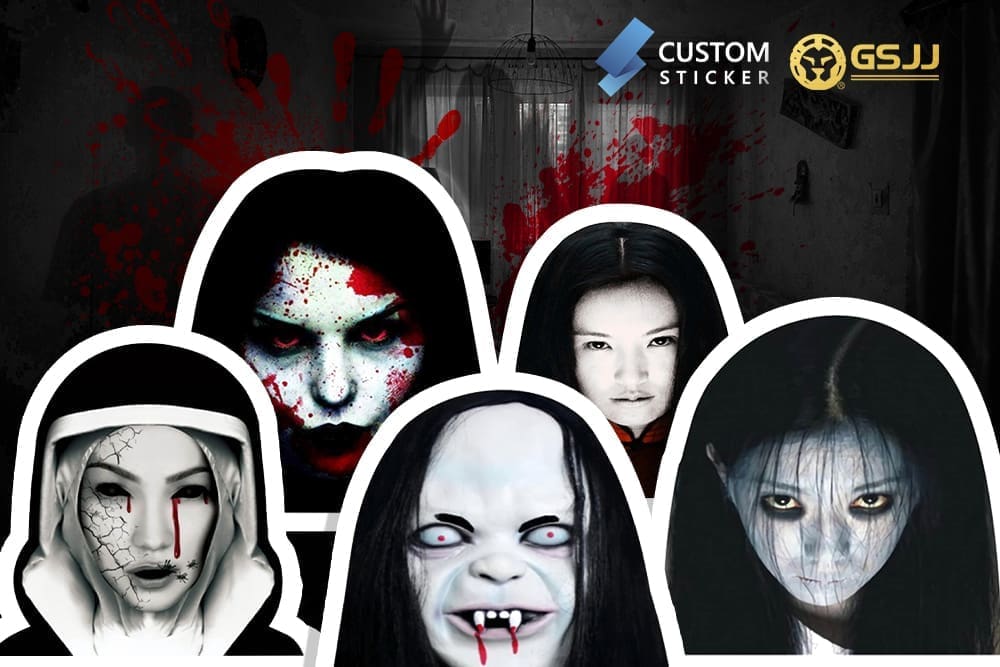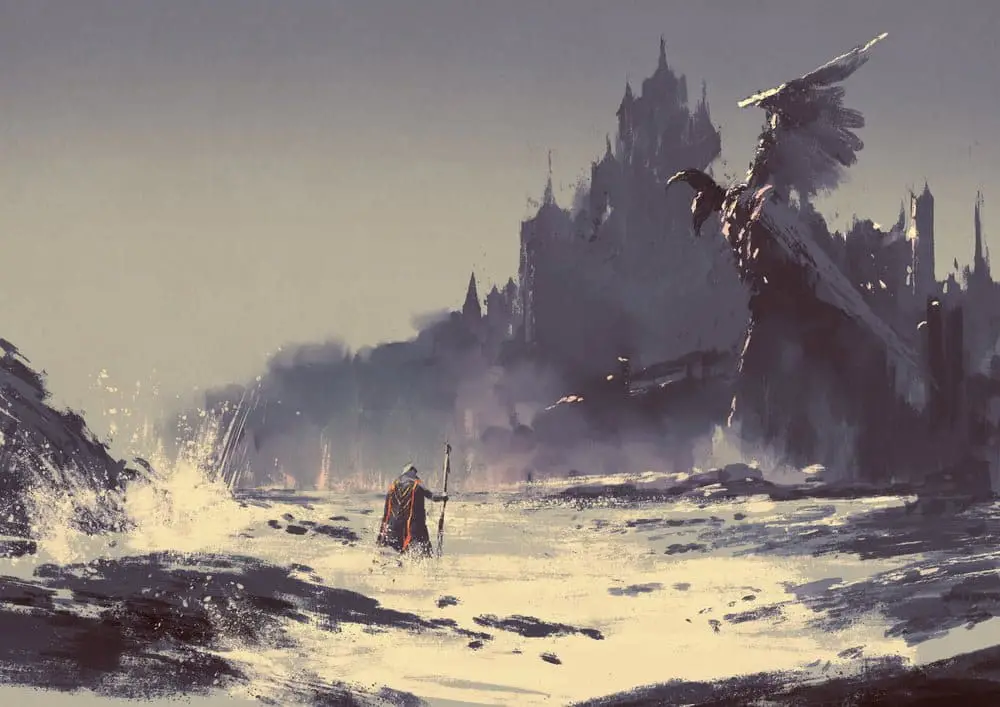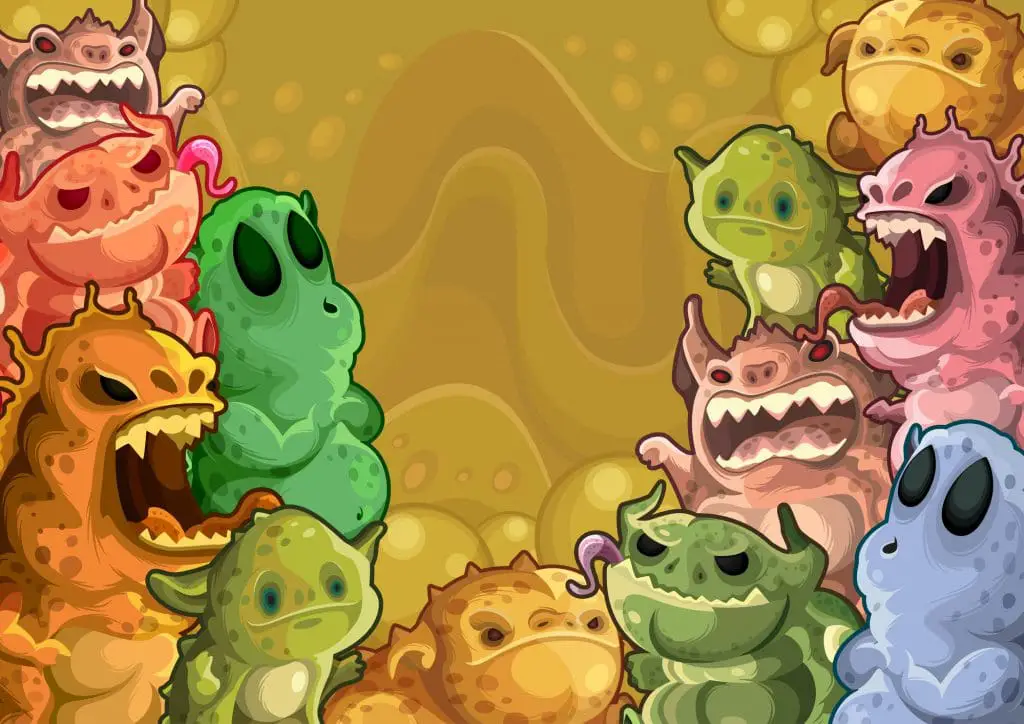10 Public Domain Characters Some-one Could Seriously Consider

One Pirate Skull with a Red Eye and a Patch
The legalities of copyright law are dangerous, strange, fraught with danger, confusing and have an element of danger about them. They differ from country to country and have been made a mockery of by the Disney Corporation who have decided they want to own everything everywhere and do not care about anything not Disney until they own that, too.
See, originally, copyright was limited. People were encouraged to take the characters and extend their adventures, and after only a few years, they could. But with the process of re-sales and seeing some classic writers die poor, things were made a little more favourable to them. Now things are made favourable to the evil Mouse. However, there are some things even Disney does not own.
See, there is still a thing called Public Domain. Old characters can still be used in some cases. Now, of course, there are some that are logical – anything from mythology, from religion, from folklore (like Robin Hood or King Arthur and all those entail), and anything Shakespeare. Just don’t copy the way things have been done by others (if original) and you’ll be fine. Even fairy-tales are fine (just don’t use anything developed by Disney for their properties; if Disney stole it from the Brothers Grimm, then it’s fair claim). And some others have been used often – Jekyll & Hyde, Frankenstein’s Monster, Dracula, the Invisible Man. All of these are Public Domain.
So, here is a list of some little known or maybe forgotten Public Domain characters that could be used for stories by today’s writers!
Now, going off-track (again) for a second. Fan-fiction is not what this is about. I am in two minds about Fanfic – I can see how it can help authors develop their craft in the early stages of learning, or just having fun; however, part of being a writer is developing characters and settings and doing the work involved there. I will leave that there, as I copped some serious abuse on the NaNoWriMo forum when I dared say I felt Fanfic was maybe not the best writing. And, to be honest, I have not read any Fanfic that improves the original. You might have. Your call.
1) Rip Van Winkle
Who? Washington Irving’s sleeper who wakes up and finds that the world has changed.
And? Use it again, have him wake up now. Standard fish out of water tale, sure, but could be a great basis for looking at how the modern world really does suck in so many ways… and also how things have improved. Using RVW automatically gives the reader a point of reference.
2) Dr Moreau
Who? HG Wells’ beast-man creating doctor, on an island somewhere.
And? With modern technology, DNA splicing, cloning, all that jazz, surely an update of Dr Moreau is just crying out to be written. And ignore the films – in the book the beast-men overthrow Moreau half-way through and then their so-called civilisation degenerates into anarchy and chaos, showing their animals sides. That’s the bit ignored and forgotten, and could really be played with, I think.
3) Robinson Crusoe
Who? Defoe’s island marooned sailor who somehow survives with a racially disturbing stereotype.
And? Ignore Friday, and put Crusoe anywhere else and you could have an interesting look at how modern man copes in the world. Robinson Crusoe On Mars did this; Castaway was arguably a version as well. But that does not mean it could not be used again. Or reversed – an alien marooned on Earth? Yes, E.T. was a role-reversal Robinson Crusoe story.
4) Professor Challenger
Who? Doyle’s hot-headed, fearless scientist-explorer (quite different to his Sherlock Holmes), who first appeared in The Lost World.
And? Professor Challenger was such a more relatable character than Holmes. Everyone must have met some-one like Challenger, driven by ego, doing crazy things, but somehow always coming out okay. Imagine him as a space explorer, or deep-sea diver. He is perfect for a ready-made explorer.
5) Allan Quartermain
Who? Haggard’s precursor to Indiana Jones.
And? I am an unabashed fan of H. Rider Haggard, and I enjoy the Quartermain series (though She is my favourite, a non-Quartermain tale), and think that if some-one wanted to write an Indiana Jones story without all the Fanfic headaches of copyright, then Quartermain is the go-to character to use.
6) Carnacki, The Ghost Finder
Who? Hodgson’s pre-modern technology Ghostbuster, the supernatural answer to Sherlock Holmes.
And? Well, it’s ghost-busting steampunk! He used strange devices to help his investigations and capture the ghosts all before nuclear reactor backpacks. In fact, the whole Ghostbusters franchise could well be said to be an update of Carnacki. But with steam-punk all the rage, why not just take Carnacki and up the inventiveness and go for broke!
7) Sheena
Who? A female Tarzan, but brought up by the male witch-doctor who killed her father (or the daughter of dead missionaries brought up by a female witch-doctor; yes, two origin stories).
And? A female Tarzan? Well, technically, Tarzan is also Public Domain, but he’s been done to death, so why not go for the female counterpart, the first female character to have her own comic book. She was so important in the old days of comics and now is all but forgotten. She would be a great character to bring back, examining gender politics though a female without gender politics. (In the same vein, you could also consider Judy of the Jungle…)
8) Kit West
Who? Female comic book cowboy, one of the best horse-women of the West.
And? The world is just crying out for a decent female Western character. So many have failed to hit the mark when they’ve been bothered to be used at all. If they want to bring back the Western and do it in the same way they brought back Ghostbusters, but hopefully with a better script (the film really was not that bad), then why not bring back Kit West?
9) Blackbeard
Who? An English pirate who was renowned for his viciousness and cruelty.
And? So, you want to write a Pirates of the Caribbean Fanfic, but those pesky copyright laws get in the way. Why not take a real live pirate person and make up some adventures for them? He was active from the late 17th to early 18th centuries. But did he really die? There’s your story!
10) Miss Fury
Who? A female superhero, who becomes a killed acrobatic crime-fighter when she wears a magic black panther skin.
And? Superhero films/ books/ comics are all the rage now and look like remaining all the rage in the foreseeable future. Who wouldn’t want to join in? Well, with Miss Fury, you get a gorgeous woman, a superhero and skin-tight clothing all in one. So why not go for it?
[I have had a story published featuring a Public Domain character called Tabu, written for a book called Pulpsploitation. I transferred him through magic from Africa to modern America, made him a professional wrestler and had him fight the Russian mafia. It’s fun!]
There you have it – ten characters from the old days of literature, comics and reality that could well be used in modern stories through the joys that are Public Domain! There are, of course, many more, but these are just some of the ones I have read comics or books concerning, so know a little bit about. There’s lists on the Internet, so go for it.
Happy writing!












